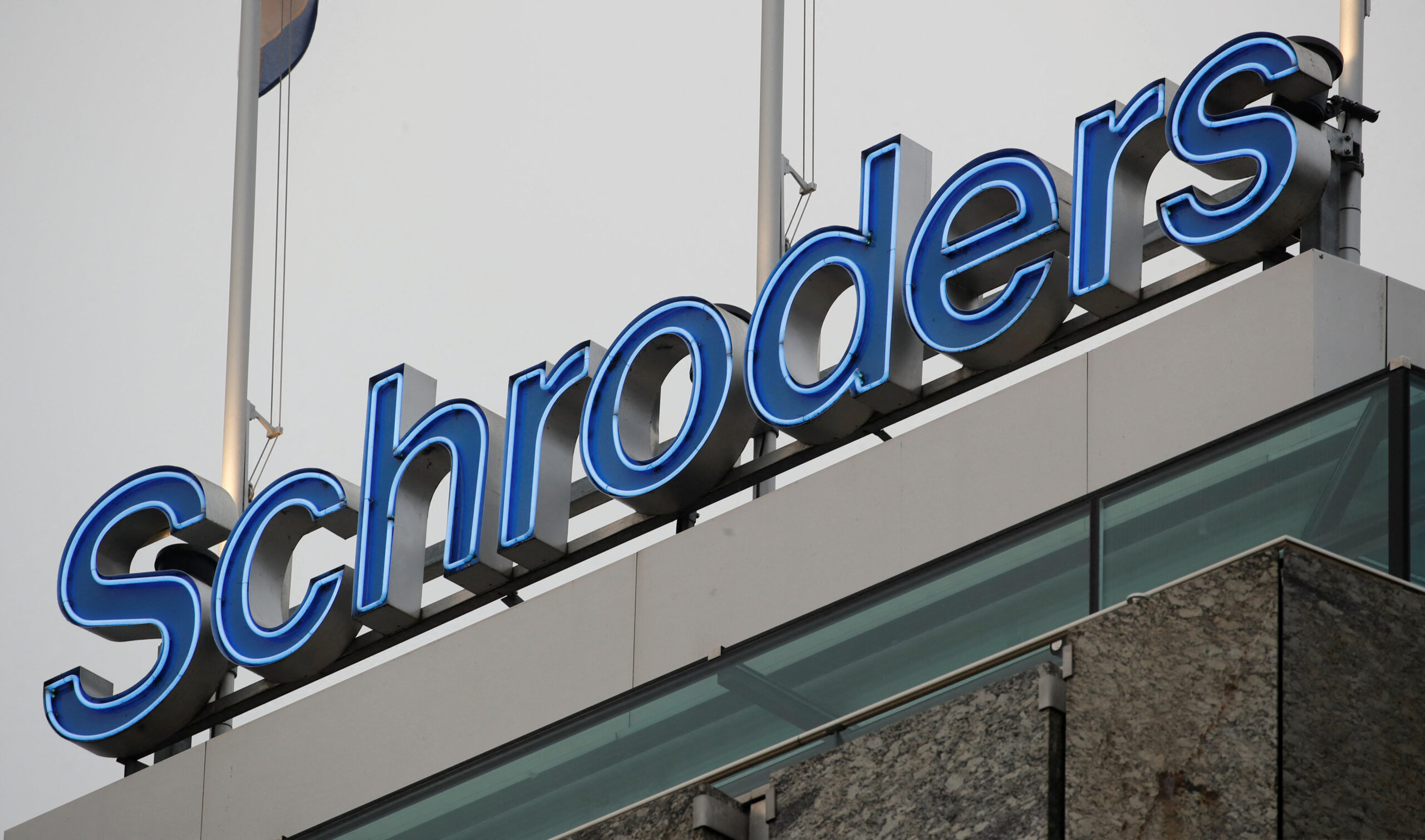
In recent financial developments, one of the notable shifts in the US real estate financing landscape involves Schroders writing off its investment stake in A10 Capital. This move signals a potentially disruptive trend in the way institutional investors engage with niche real estate lending platforms. As global asset managers reassess their portfolios amid volatile markets, Schroders’ decision to exit its stake raises questions about the stability, growth prospects, and risk management strategies within the US commercial real estate (CRE) financing sector.
The Background: Schroders and A10 Capital
Schroders’ Investment Portfolio in US Real Estate
Schroders, a prominent global asset management company, has historically invested across a broad spectrum of real estate-related assets, including direct commercial properties, REITs, and real estate debt funds. Their investment in A10 Capital was part of an expanding portfolio aimed at capitalizing on the niche market of commercial real estate lending, specifically focusing on originating loans for multifamily, industrial, and retail properties.
A10 Capital: A Growing but Volatile Player
A10 Capital has established itself as a key player in the US real estate lending space, specializing in providing bridge and construction loans to developers and property owners. Known for its asset-based lending approach, A10 has attracted investments from a variety of institutional investors seeking higher yields compared to traditional fixed-income products. However, like many in the sector, A10 has faced challenges amid changing economic conditions, interest rate fluctuations, and tightening credit standards.
The Reason Behind Schroders’ Write-Off
Market Volatility and Changing Economic Conditions
The decision to write off its stake in A10 Capital appears to be influenced by a combination of market uncertainties and internal assessments of the platform’s risk-return profile. According to Bloomberg, Schroders’ move was driven by a reassessment of the credit quality of A10’s loan portfolio, especially as economic indicators show signs of slowing growth, rising inflation, and increased default risks.
Risk Management and Strategic Reassessment
Institutional investors like Schroders continually evaluate their exposure to various asset classes. The recent write-off suggests a strategic pivot towards more liquid, less risky assets in anticipation of potential downturns. It also reflects a cautious stance against overexposure in sectors that may face headwinds in the near term, including certain segments of the US CRE market which have been subject to valuation corrections and shifting investor sentiment.
Financial Impact and Stake Valuation
While the exact financial figures remain undisclosed, the write-off indicates a significant decrease in the valuation of Schroders’ holdings in A10 Capital. This move likely stems from loan impairments, loss provisions, or a decision to exit the position before further deterioration. Such actions may impact Schroders’ overall real estate investment performance, especially if A10’s portfolio continues to face challenges.
Implications for Stakeholders and the US CRE Market
For Schroders and Institutional Investors
Schroders’ exit underscores the importance of rigorous due diligence, active portfolio management, and risk mitigation strategies. It sends a message that even well-established asset managers are reevaluating their positions in niche sectors, especially during periods of economic uncertainty. This move could lead other institutional investors to adopt more cautious approaches or reconsider their exposure to certain segments within the US real estate lending industry.
Potential Impact on A10 Capital
The reduction or loss of investment by a major player like Schroders could have repercussions for A10 Capital’s future fundraising efforts and investor confidence. While A10 remains operational and continues lending, the loss of institutional backing may constrain its growth prospects and affect its borrowing conditions.
Broader Trends in US Real Estate Lending
A10 Capital’s situation exemplifies broader vulnerabilities faced by real estate lenders operating in a rising interest rate environment. As borrowing costs increase and property valuations fluctuate, lenders may become more cautious, especially those heavily reliant on asset-based lending models. This shift could lead to a more risk-averse lending landscape, impacting the availability and pricing of real estate debt in the US.
Strategic Outlook and Future Perspectives
Adapting to Market Dynamics
Both A10 Capital and similar lenders will need to adapt their business models to navigate the current macroeconomic landscape. Strategies may include diversifying loan portfolios, tightening underwriting standards, and enhancing loss mitigation mechanisms to withstand potential downturns.
Broader Economic and Regulatory Factors
The ongoing interest rate hikes by the Federal Reserve, coupled with increasing regulatory scrutiny on real estate finance, are likely to influence the trajectory of sector growth. Investors might demand higher risk premiums, and platforms like A10 need to demonstrate resilience and prudent risk management to attract future capital.
Emerging Opportunities and Risks
Despite the current headwinds, opportunities exist within specialized niches such as industrial properties, urban multifamily developments, and adaptive reuse projects. However, these opportunities come with heightened risks that require careful analysis, especially considering potential policy changes and economic shocks.
Conclusion: What Does Schroders’ Exit Tell Us?
Schroders’ decision to write off its stake in A10 Capital reflects a broader shift towards risk-conscious investing amidst uncertain economic conditions. It emphasizes the importance of diligence, strategic positioning, and adaptability in both asset management and real estate lending. As the US CRE market continues to evolve, stakeholders must stay vigilant and responsive to changing dynamics to ensure sustainable growth and stability.
While Schroders’ exit may signal short-term challenges, it also highlights the importance of prudent risk assessment in navigating complex markets. For investors and industry players alike, this move serves as a reminder to continually reassess exposure and maintain flexibility in their investment strategies.
Final Thoughts
The dynamics of real estate finance are inherently cyclical and influenced by macroeconomic factors. Stakeouts like Schroders’ exit from A10 Capital serve as important indicators of broader market sentiment and potential future trends. As always, navigating this landscape requires a balanced approach that weighs growth opportunities against associated risks.
For more updated news please keep visiting Prime News World.








